
New Drug That Protects the Blood-Brain Barrier Shows Promise Against Alzheimer’s Disease
Cracks in the Brain’s Defenses: A New Path in the Fight Against Alzheimer’s
It often begins so quietly you’d never notice. Picture the brain as a walled city, guarded by vigilant sentries at its gates. For most of our lives, these gates hold firm—blocking out harmful intruders while carefully admitting nutrients and oxygen needed to sustain life. But in Alzheimer’s disease, those defenses start to weaken. Tiny breaches form. Toxins slip through. The walls that once seemed impenetrable slowly crumble from within.
Today, more than 7 million Americans live with Alzheimer’s, and projections suggest that number could nearly double within 25 years. Behind these statistics are families watching memories fade, personalities change, and independence erode. For decades, research has zeroed in on one main suspect: sticky clumps of amyloid plaques that accumulate between brain cells. Even as new drugs have been developed to reduce those plaques, their benefits remain modest, their risks substantial, and their costs enormous.
Now, scientists are turning to another suspect—one that has long worked quietly in the background: the blood–brain barrier (BBB). This thin but powerful shield may prove to be just as important to protect as removing plaques. Early findings suggest that keeping the barrier strong could reduce brain inflammation, preserve memory, and delay decline. At the center of this new approach is an enzyme called 15-PGDH, which in animal studies has shown a surprising ability to dictate whether the barrier stands or falls. If these results hold true in humans, it could transform how we treat not only Alzheimer’s but also brain injuries and other conditions that raise dementia risk.
The Brain’s Hidden Guardian
Deep within the body’s most complex organ lies a security system so critical that life without it would be unrecognizable. This is the blood–brain barrier—a tightly woven mesh of cells lining the brain’s blood vessels. It acts as both sentinel and gatekeeper, deciding moment by moment what may enter and what must stay out. Nutrients, hormones, and chemical messengers pass through. Toxins, pathogens, and misdirected immune cells are turned away.
When the barrier works well, it operates with the efficiency of an experienced border agent, scanning and approving cargo in fractions of a second. But in Alzheimer’s, research shows that these guards weaken early—sometimes before the first memory lapses appear. Microscopic gaps allow inflammatory molecules and rogue immune cells to infiltrate brain tissue. The results are devastating: swelling, oxidative stress, and ultimately neuron death. Over years, these silent assaults erode the brain’s circuits much as rust eats away at steel.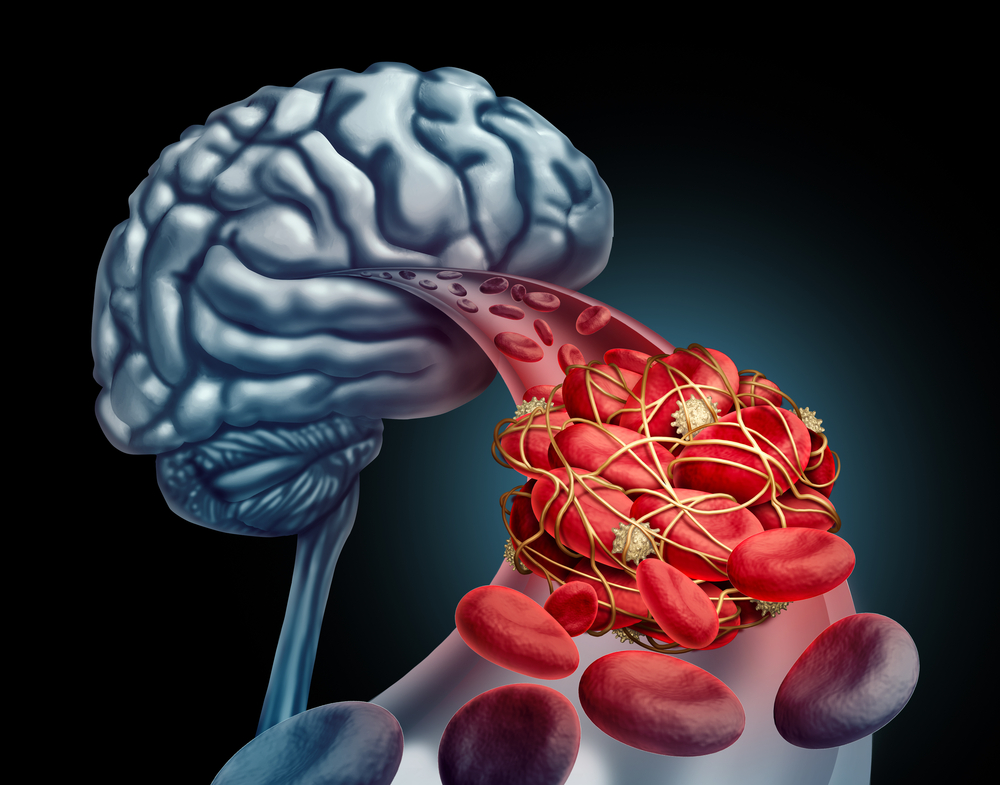
The weakening of the BBB does not occur in isolation. Aging itself makes the barrier more fragile, especially in the hippocampus, the brain’s memory center and one of Alzheimer’s first targets. Traumatic brain injury (TBI) from falls, car accidents, or repeated concussions in sports also accelerates this decline. Notably, TBI is among the strongest risk factors for later dementia, and scientists now believe that BBB damage may be the missing link.
For decades, the barrier was largely ignored in Alzheimer’s research, overshadowed by the high-profile hunt for amyloid plaques and tau tangles. But evidence is mounting that BBB collapse may not just be a side effect of the disease—it could be a driving force. Protecting it might slow, or even prevent, the destructive chain reaction that transforms subtle memory lapses into full-blown dementia.
A New Target: The Enzyme 15-PGDH
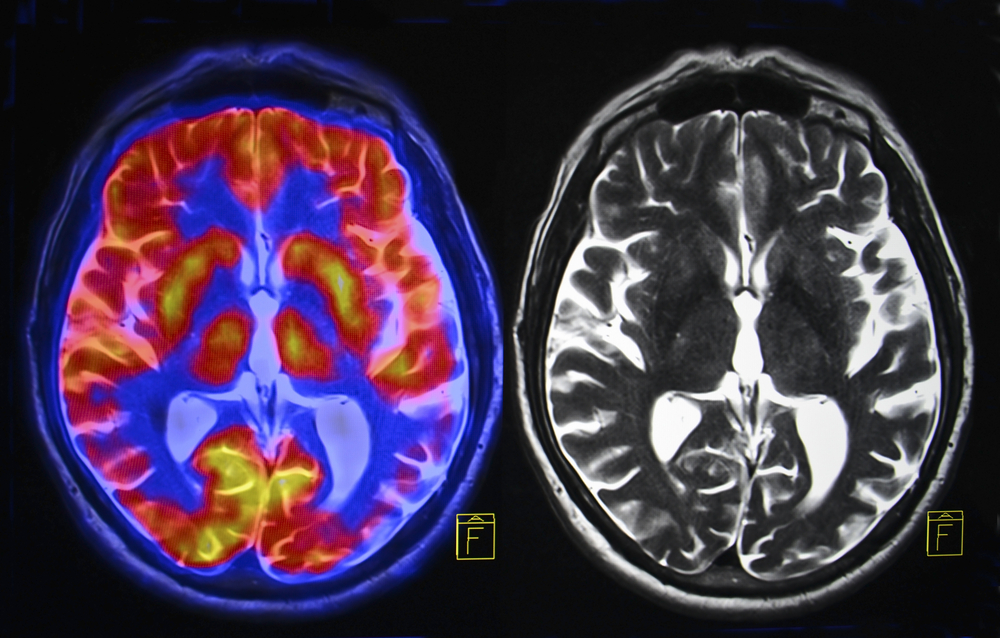
In this search for answers, researchers have identified a surprising culprit: the enzyme 15-hydroxyprostaglandin dehydrogenase (15-PGDH). Normally, 15-PGDH helps break down lipid-based compounds. But unfortunately, some of its targets are anti-inflammatory molecules that support blood vessel health and keep brain tissue calm.
When scientists studied brain tissue from Alzheimer’s patients, as well as animal models, they found abnormally high levels of this enzyme—especially in microglia and perivascular macrophages, immune cells that cluster near the BBB. The pattern was clear: as disease severity increased, so did 15-PGDH activity. Instead of protecting the brain, these cells stripped away anti-inflammatory defenses, leaving vessel linings weaker and inflammation unchecked.
This insight raised a bold question: What if the enzyme could be blocked? Could suppressing 15-PGDH preserve barrier strength and safeguard memory?
Blocking 15-PGDH: Animal Evidence
To test this, scientists turned to the widely used 5xFAD mouse model of Alzheimer’s, which develops amyloid buildup and cognitive decline similar to humans. Beginning at two months old—before symptoms appeared—some mice received a small-molecule inhibitor called (+)-SW033291, while others received a placebo.
By six months, untreated mice showed clear memory problems. Yet treated mice performed as well as healthy controls in maze tests, remembering hidden platform locations with ease. Importantly, these gains were not due to improved motor skills or energy levels, but genuine preservation of brain function.
Genetic studies confirmed the results. Mice engineered to produce less 15-PGDH were similarly shielded from cognitive decline. Remarkably, this protection occurred without reducing amyloid plaques, directly challenging the long-standing belief that plaque removal is the only path to slowing Alzheimer’s.
Closer examination revealed that in treated mice, the BBB remained intact. In untreated animals, the barrier was visibly degraded: astrocyte “endfeet” were swollen, vessel linings had gaps, and immune proteins had leaked into brain tissue. Blocking 15-PGDH preserved structure, reduced oxidative stress, and supported the survival of newborn neurons in the hippocampus.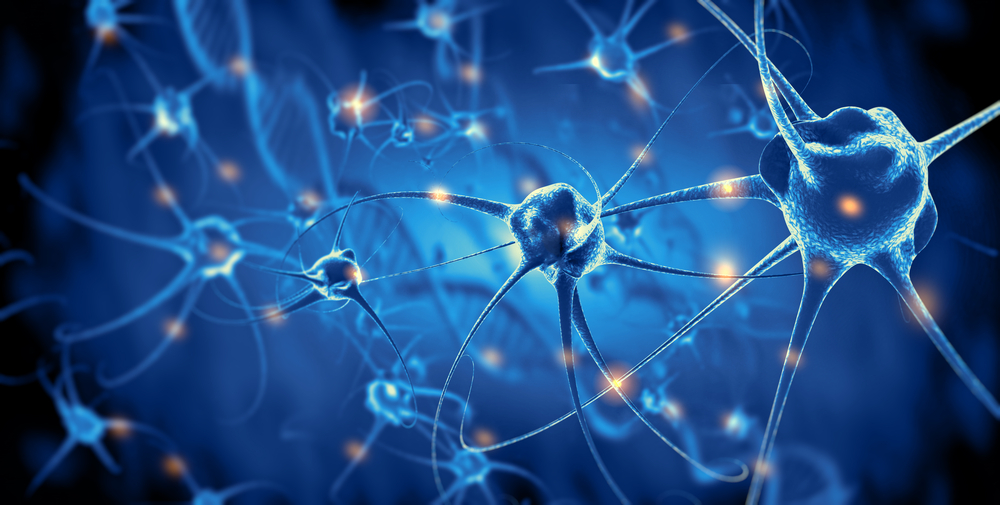
Even beyond Alzheimer’s, the findings held. In TBI models, mice treated with the inhibitor within 24 hours showed no typical memory deficits and avoided the BBB breakdown that often follows head trauma.
Where This Fits Into the Bigger Picture
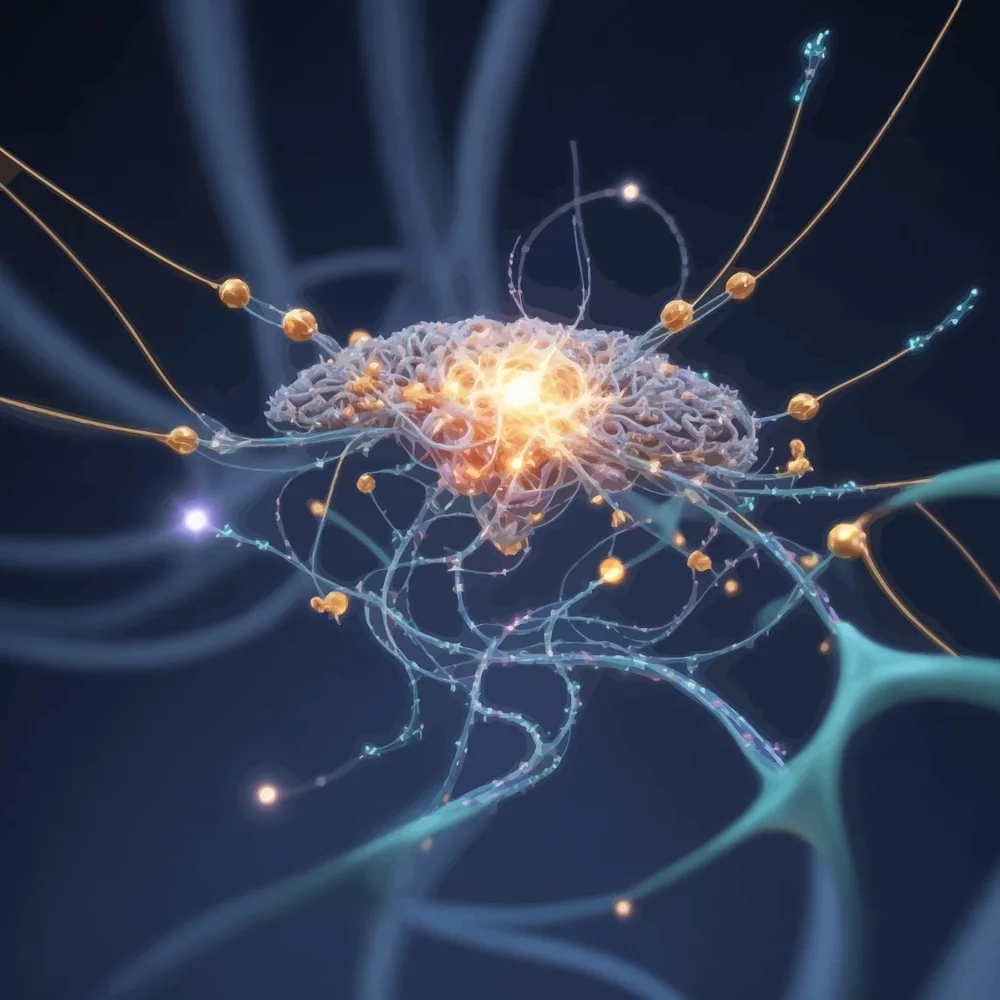
For decades, the amyloid hypothesis has dominated Alzheimer’s research, spawning costly antibody drugs such as lecanemab and donanemab. While these treatments can reduce plaques and sometimes slow decline, they carry serious risks like brain swelling and bleeding, require frequent infusions, and work best only at the earliest stages.
By contrast, 15-PGDH inhibition represents a different philosophy—not attacking what has already invaded but fortifying the defenses from the start. This strategy may prove effective not only for amyloid-driven disease but also for cases influenced by tau tangles, vascular issues, or chronic inflammation.
The implications are far-reaching:
-
Combination therapies may emerge, pairing BBB protection with amyloid-clearing drugs, much as cancer care combines multiple approaches.
-
Prevention strategies could become possible, protecting high-risk individuals (such as those with TBI or strong family histories) before symptoms begin.
-
Early detection tools, such as new blood-based biomarker tests, may identify candidates for BBB-protective treatment long before memory loss sets in.
What It Could Mean for Patients and Families

If the benefits seen in animals translate to humans, 15-PGDH inhibition could dramatically change the Alzheimer’s landscape. By keeping the blood–brain barrier intact, patients might retain independence longer, continue working, engage socially, and preserve their sense of self for years beyond current expectations.
The impact would ripple outward. Alzheimer’s reshapes the lives of caregivers—currently about 12 million Americans, many of whom experience overwhelming stress and financial strain. A therapy that delays decline could ease that burden, allowing families more time together with less disruption. Economically, slowing progression could save billions annually in care costs, both for families and public health systems.
Perhaps most exciting, BBB protection might also help those not yet showing symptoms—older adults with head trauma histories, or people whose biomarker tests reveal early warning signs. Shifting treatment from late-stage reaction to early prevention could redefine how we approach brain health altogether.
Of course, challenges remain. Human trials must confirm safety, establish dosage, and demonstrate long-term benefit. But for families weary of treatments offering only incremental relief, the possibility of strengthening the brain’s defenses is a welcome new direction.
Holding the Line
Alzheimer’s has long been portrayed as a battle fought inside the brain, against plaques, tangles, and memory’s slow erosion. But the story of 15-PGDH reframes the fight: perhaps the most powerful move is not chasing what has already infiltrated, but holding the line at the gates.
The research is still early, but its promise is undeniable. Protecting the blood–brain barrier could slow decline, reduce the impact of brain injuries, and give patients more precious years of independence. In a field where time is the most valuable resource, even delaying symptoms by a few years could mean the difference between living freely and relying on full-time care.
The BBB has always worked quietly, almost invisibly, as the brain’s guardian. Now, at last, it is stepping into the spotlight—perhaps as one of our strongest allies in preserving the memories and identities that make us who we are.
News in the same category


Man trained like a professional athlete for 30 days and saw crazy changes to his body take place

ChatGPT CEO Warns: What You Tell AI Could Be Used as Evidence in Court

Firefighters Reveal the Worst Place to Keep Your Phone

Shocking new study reveals how long it takes to regain weight after stopping Ozempic

Elon Musk's estranged daughter shares her iconic reaction to 'woke mind virus tweet' claiming she was dead

Homeowner finds chilling note with terrifying warning left by previous owner after moving into new house

People are just discovering what 'proper poop position' is after seeing bizarre toilet design

Japanese “Baba Vanga” Meme Resurfaces After July 2025 Tsunami Triggers Alerts

Users of popular cash app can still claim $2,500 for a limited time as part of major settlement

Resurfaced tweet from ChatGPT CEO Sam Altman makes astonishing prediction for Elon Musk

Courts shocked as mother of woman who died after refusing cancer treatment undergoes questioning

Homeless man who won $1,000,000 on lottery ticket met with incredible act of kindness from store manager he bought it from

FDA issues urgent blueberry recall over fears they ‘could cause death’ following tests

Important details of Jesus' life discovered in incredible 2,000-year-old boat

Why family of 'Sleeping Prince' refused doctors' advice as he dies after spending 20 years in coma following car crash

Woman who made $80,000 in seven months while selling her toenails reveals disgusting thing they're used for

Netflix faces backlash after rolling out 'horrible' redesign that viewers 'hate'

Citizens fear Alaskan capital could be swallowed under water following major glacier outburst
News Post

Common Diabetes Drug Metformin Linked to Vitamin B12 Deficiency

Top 5 Foods that cause Gut Inflammation – Avoid!

A 30-Year-Old Man’s Sore Throat Turned into Cancer After 5 Rounds of Chemotherapy — Doctor Urges: Throw These 3 Things Out of Your Fridge Immediately

The Most Effective Ways to Naturally Get Rid of Clogged Ears
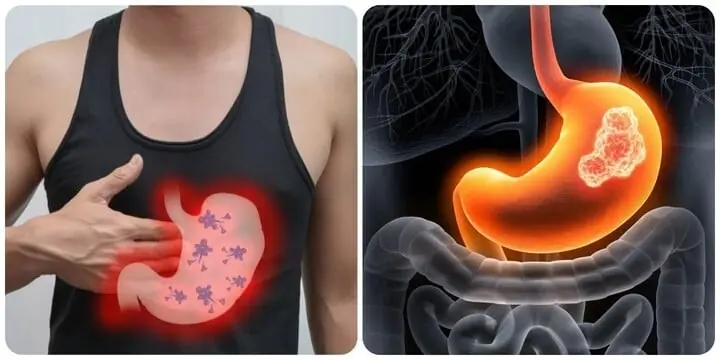
3 Early Signs of Stomach Cancer Everyone Should Know Before It Spreads
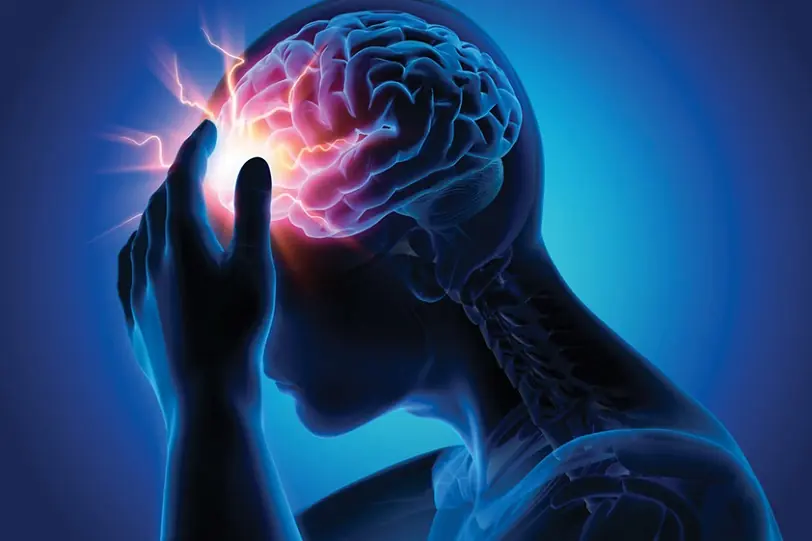
Life-Saving Tips for Lowering Stroke Risk & Early Signs of Stroke

Stroke Is Striking Younger People: 30 Seconds of Awareness Can Save a Life
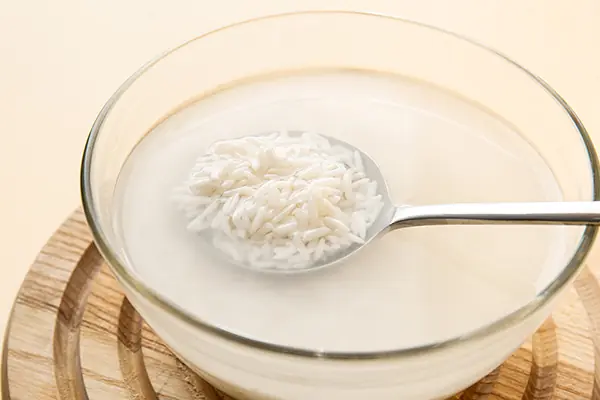
How to Use Rice Water for Gorgeous Hair and Skin

Menopause Symptoms That May Surprise You

10 Healthy Sandwich Dos and Don’ts

Never Ever Say These 4 Things at a Funeral — No Matter the Situation
When it comes to funerals and expressions of sympathy, your words don’t need to be profound or poetic.

🥥 15 Compelling Reasons to Include Coconut Water in Your Daily Routine

🌿 30 Remarkable Benefits of Avocado Leaves
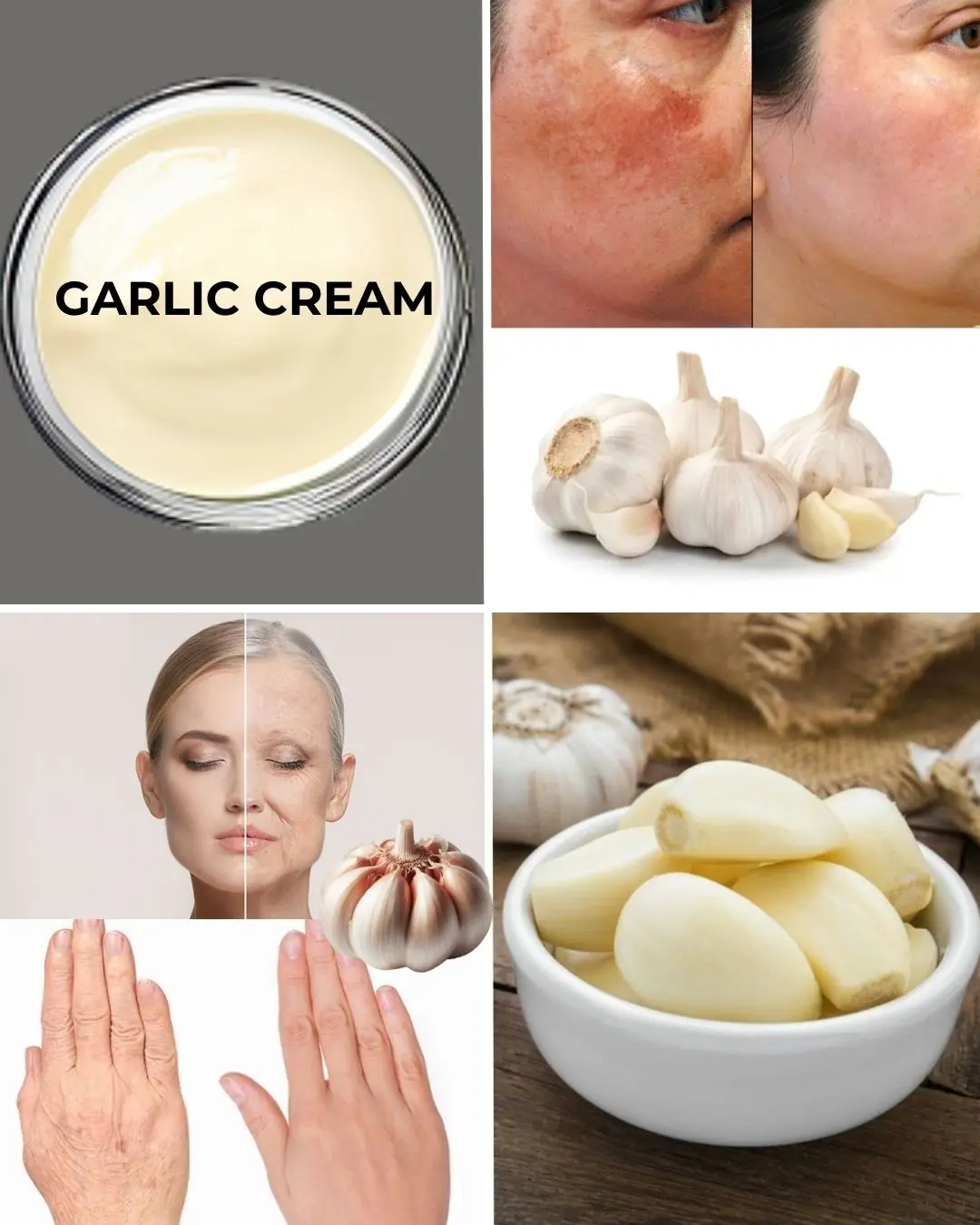
🌿 Natural Collagen Boost: Garlic Remedy for Smoother Skin
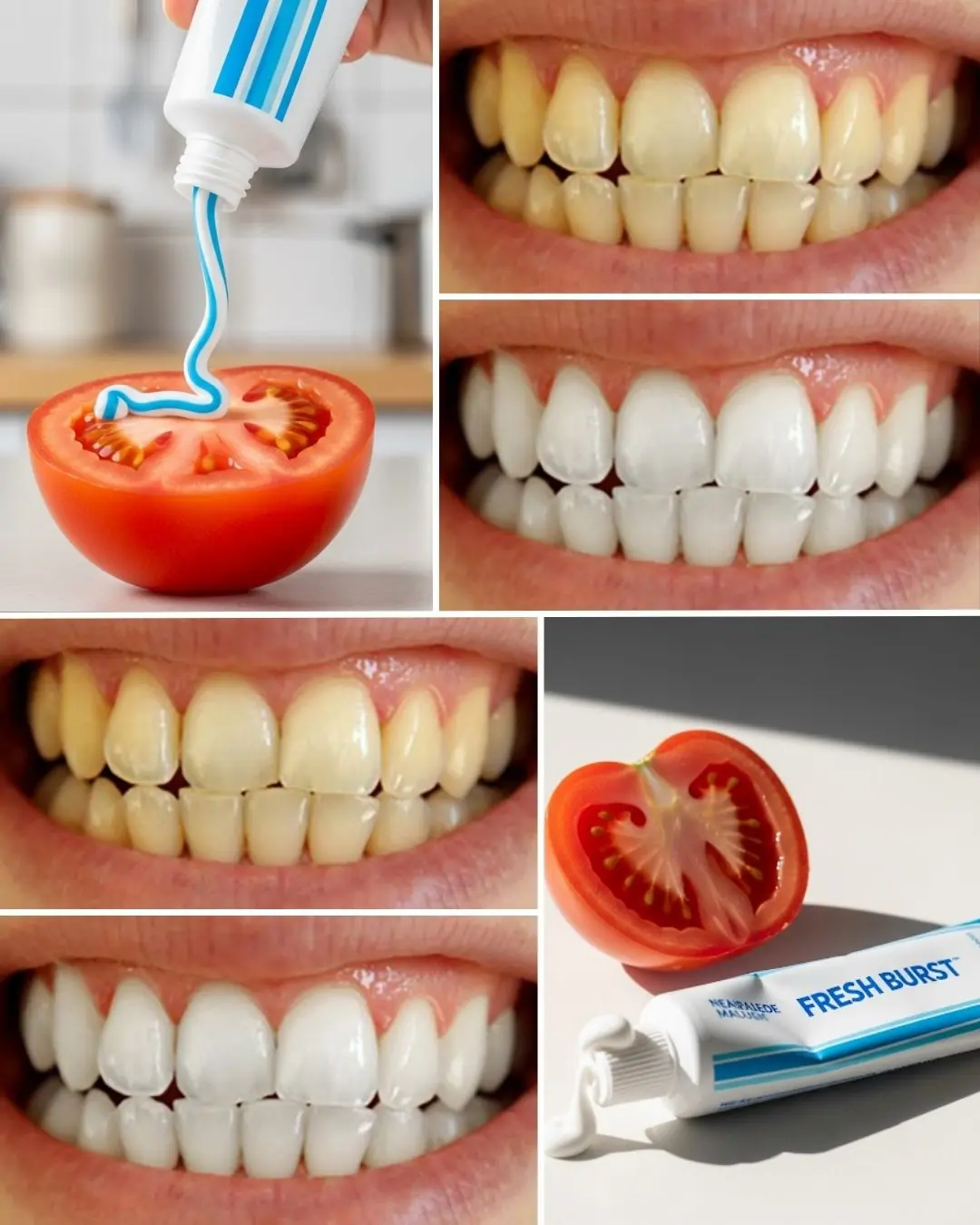
✨ Brighten Your Smile Naturally: A Simple DIY Teeth Whitening Remedy
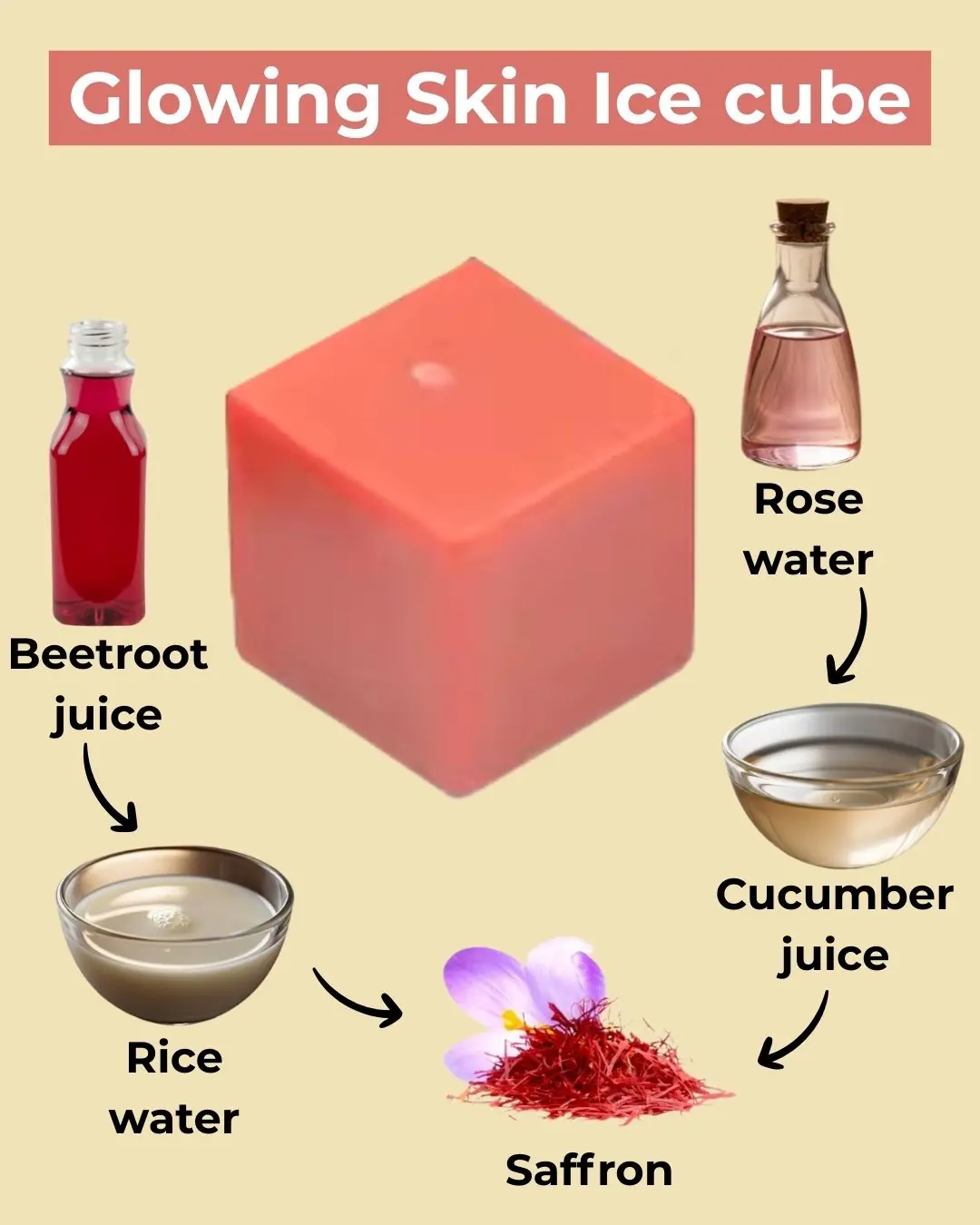
🌟 DIY Collagen Ice Cubes for Radiant Skin

🌿 3 Natural Home Remedies to Remove Skin Tags Safely

Medicinal Health Benefits of Garlic (Raw, Supplement) – Science Based

Why You Should Wash Your Face With Apple Cider Vinegar
